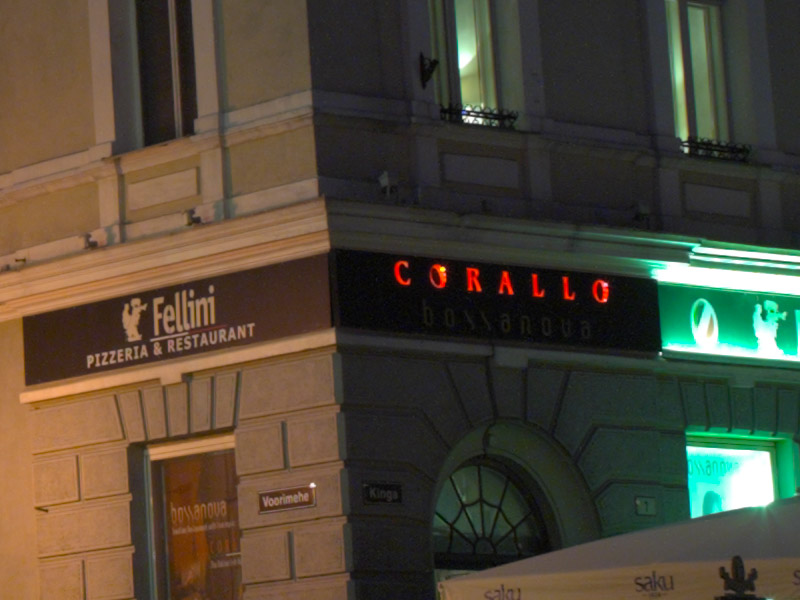Graham Mitchell
New member
Someone was asking for long exposure samples, so here are some from my back, the e54LV. This back's noise performance isn't as good as Thierry's recent e75LV - that is something else - but still highly usable. I don't normally shoot long exposures so I went out tonight and put it to the test.
Thanks to the sodium lighting, I had to do a pretty large white balance shift, which actually increases noise so this is a real torture test.
ISO 50, 30 seconds
Scene:

100% crop, no processing other than white balance:

Thanks to the sodium lighting, I had to do a pretty large white balance shift, which actually increases noise so this is a real torture test.
ISO 50, 30 seconds
Scene:

100% crop, no processing other than white balance:


